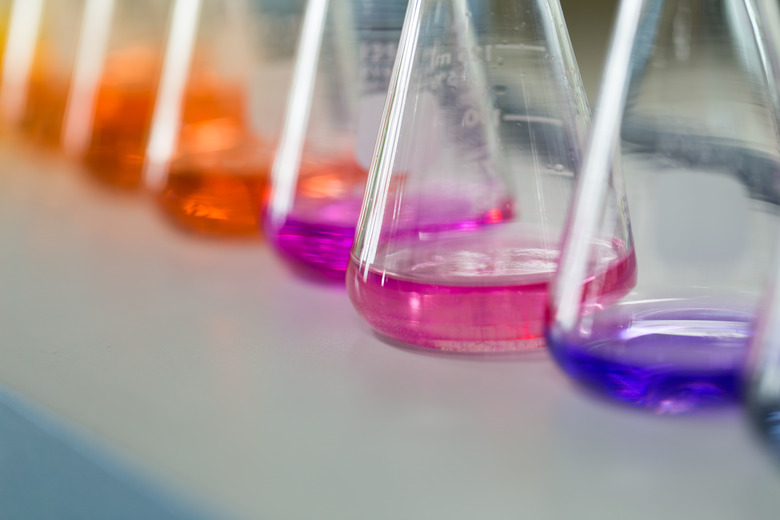Acidic solutions are any solution that has a higher concentration of hydrogen ions than water; solutions that have a lower concentration of hydrogen ions than water are called basic or alkaline solutions.
Classification
Acidity is measured on a scale known as pH which sets water at 7; all acidic solutions have pH less than 7 and bases have pHs greater than 7.
Acidity
The closer an acid is to 0 on the pH scale the more acidic it is; the pH scale is exponential so a decrease of 1 pH amounts to 10 times greater acidity.
Types
Many common solutions are acidic including orange juice, lemon juice, coffee and even saliva. Water contaminated with acidic solutions will itself become slightly acidic.
Corrosion
Acidic solutions have the ability to corrode or “eat” various materials over time; solutions with higher acidity will corrode materials more quickly.
Bodily Function
The human body produces gastric acid and hydrochloric acid in the stomach which helps it break down food.

